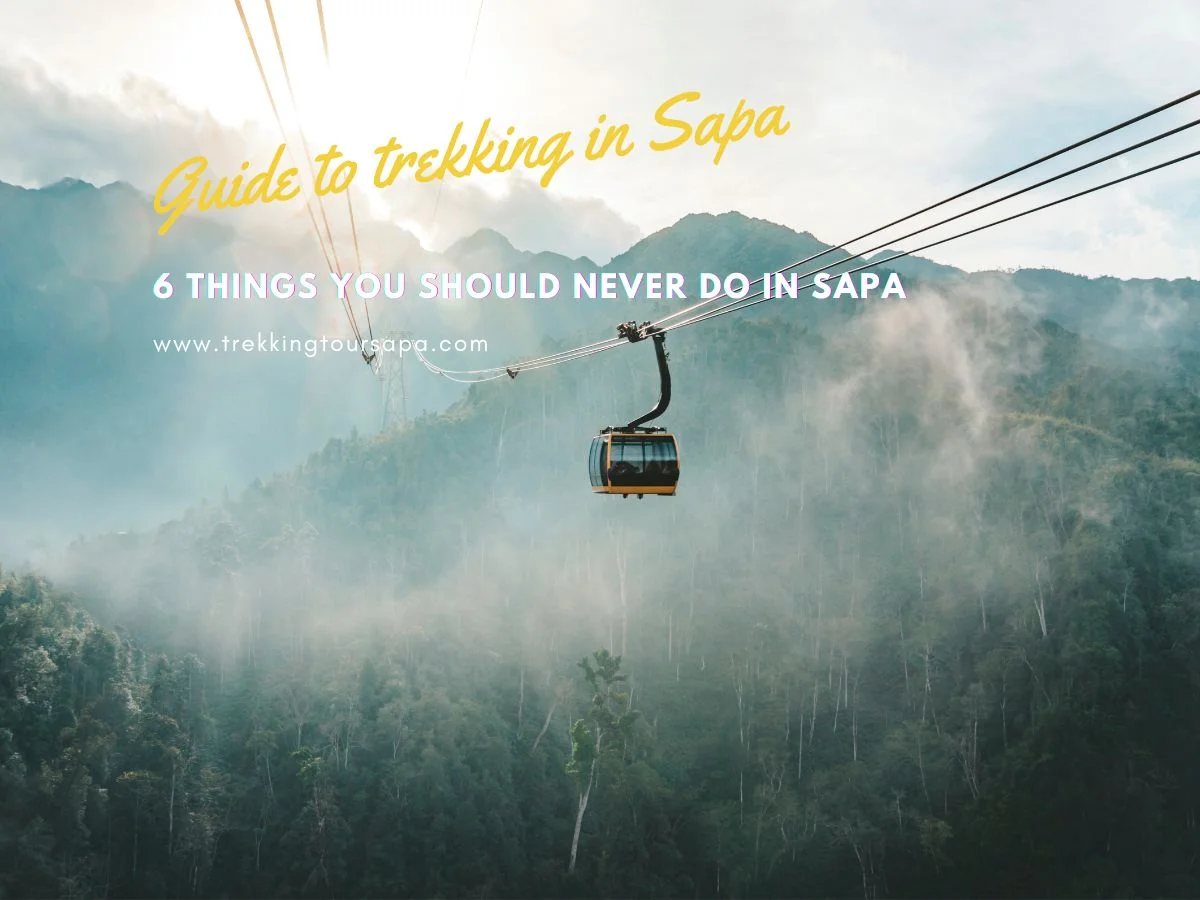When setting foot in the captivating town of Sapa, nestled in the northwest region of Vietnam, visitors are greeted with awe-inspiring landscapes, rich ethnic cultures, and time-honored traditions. To ensure a polite and enjoyable trip, it’s crucial to be mindful of certain practices that will not only enhance your experience but also respect the local customs. Here are six essential things you should never do in Sapa, accompanied by real-life examples, to make the most of your time in this enchanting destination.
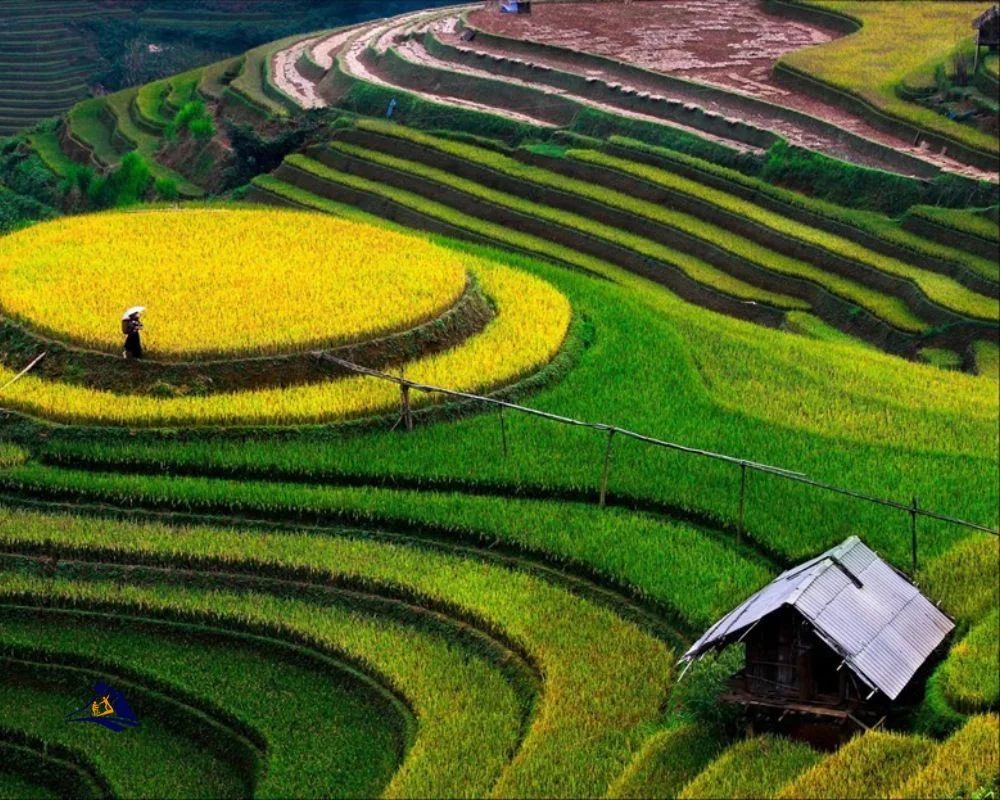
Refrain from giving money to children:
While wandering through Sapa, you might come across children who beg or sell trinkets. As tempting as it may be to help them out, it’s best not to give them money or purchase their items. Often, some families force their children into these situations, perpetuating an unfair cycle. By refraining from giving money, you can contribute to breaking this cycle and supporting more sustainable forms of aid. Instead, consider supporting local community-based initiatives that empower the entire community.
Example: During my visit to Sapa, I encountered a group of children selling souvenirs. Resisting the urge to buy, I later discovered a cooperative where local women crafted traditional handicrafts. Purchasing items there not only brought home authentic souvenirs but also supported the community as a whole.
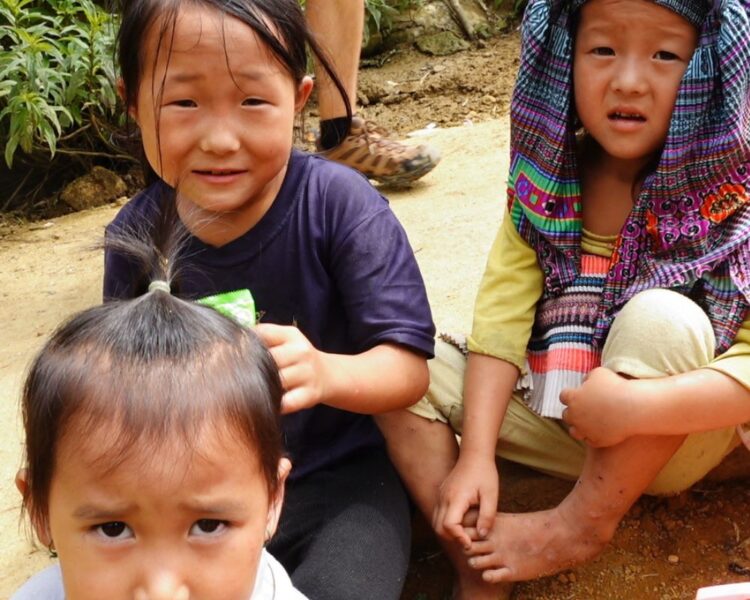
Know the prices before making purchases:
In the bustling town or villages of Sapa, vendors may cater to tourists, sometimes leading to price discrepancies. To avoid surprises or misunderstandings, take the time to inquire about the cost of items or services before making any purchases. Knowing the prices beforehand will enable you to make informed decisions and potentially negotiate more effectively.
Example: While exploring a local market in Sapa, I spotted a beautiful handwoven scarf. Curious about its price, I politely asked the vendor. Thanks to this simple inquiry, I was able to strike a fair deal and take home a cherished souvenir at a reasonable price.
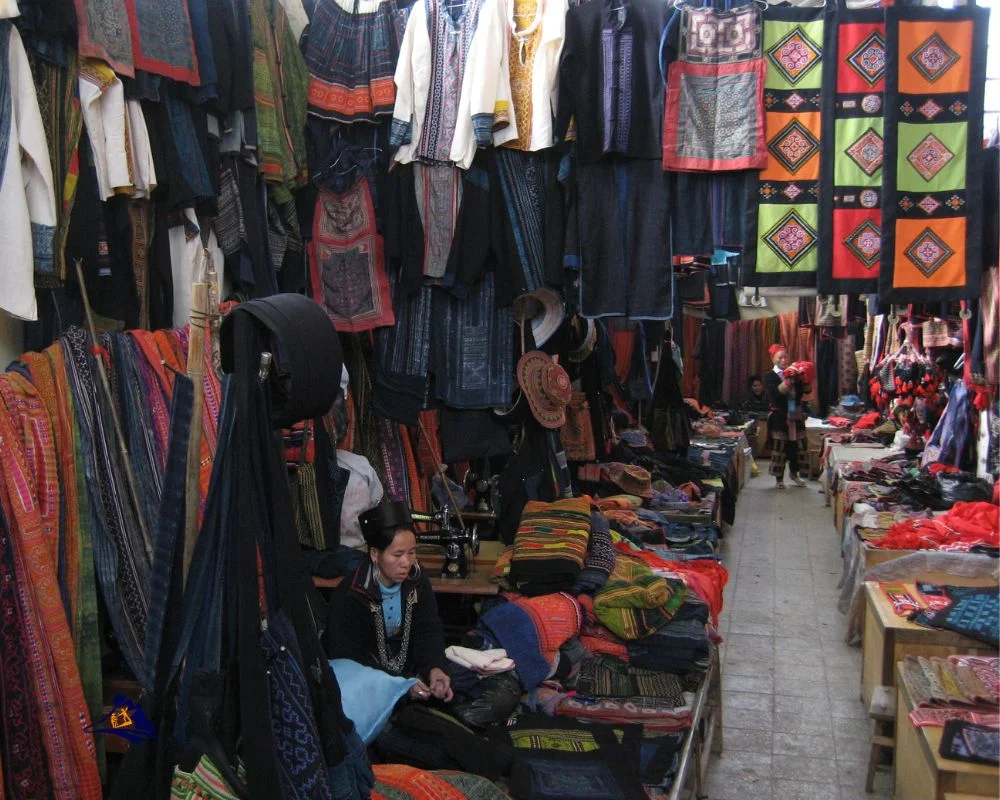
Opt for smaller trekking groups:
When booking a trekking tour in Sapa, consider choosing a smaller group size of two to eight individuals. Doing so allows for a more intimate experience, fostering a closer connection with the guide and a deeper understanding of the local culture and traditions. Larger groups may hinder the guide’s ability to interact individually with each person, diminishing the overall trekking experience.
Example: A friend and I decided to join a smaller trekking group in Sapa, and it turned out to be an enriching experience. Our guide shared fascinating stories about the local Hmong culture and took us to hidden gems off the beaten path, far from the crowds.
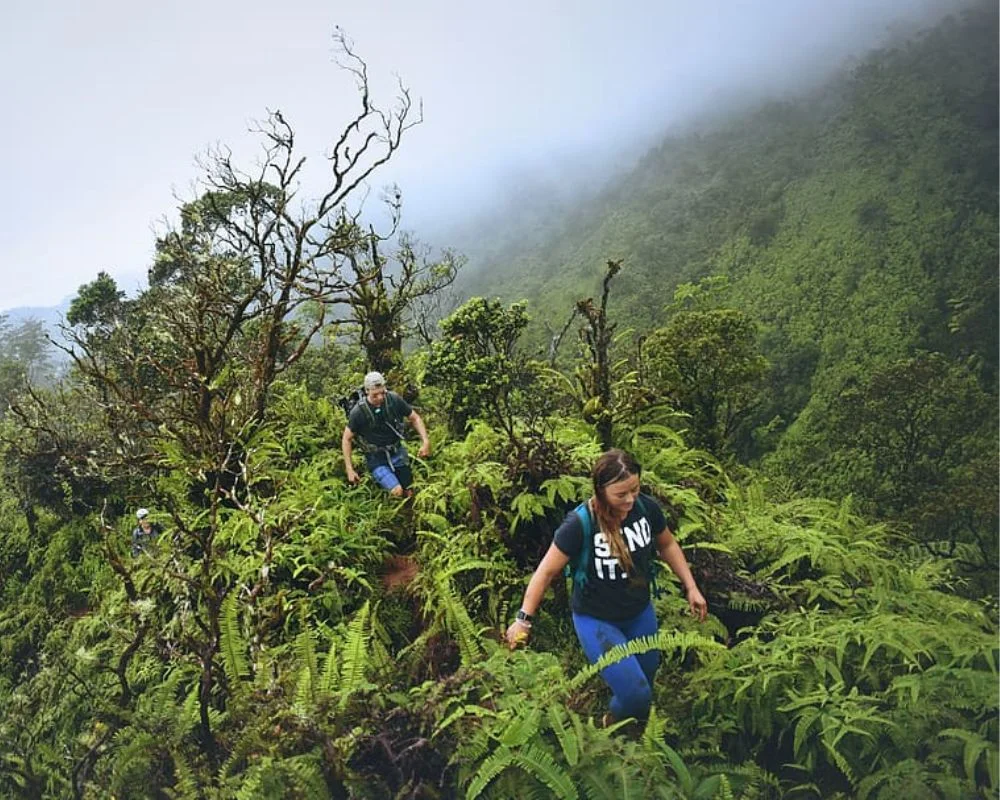
Explore lesser-known villages and natural areas:
While Cat Cat Village and Ham Rong Mountain are popular tourist attractions in Sapa, they have become increasingly commercialized over time. To avoid the tourist crowds and immerse yourself in authentic experiences, venture off the well-trodden path and discover the charm of lesser-known villages and unspoiled natural areas.
Example: Instead of visiting the crowded Cat Cat Village, I opted to explore the lesser-known Lao Chai Village. The warm hospitality of the villagers and the untouched beauty of the surrounding landscapes left me with unforgettable memories.
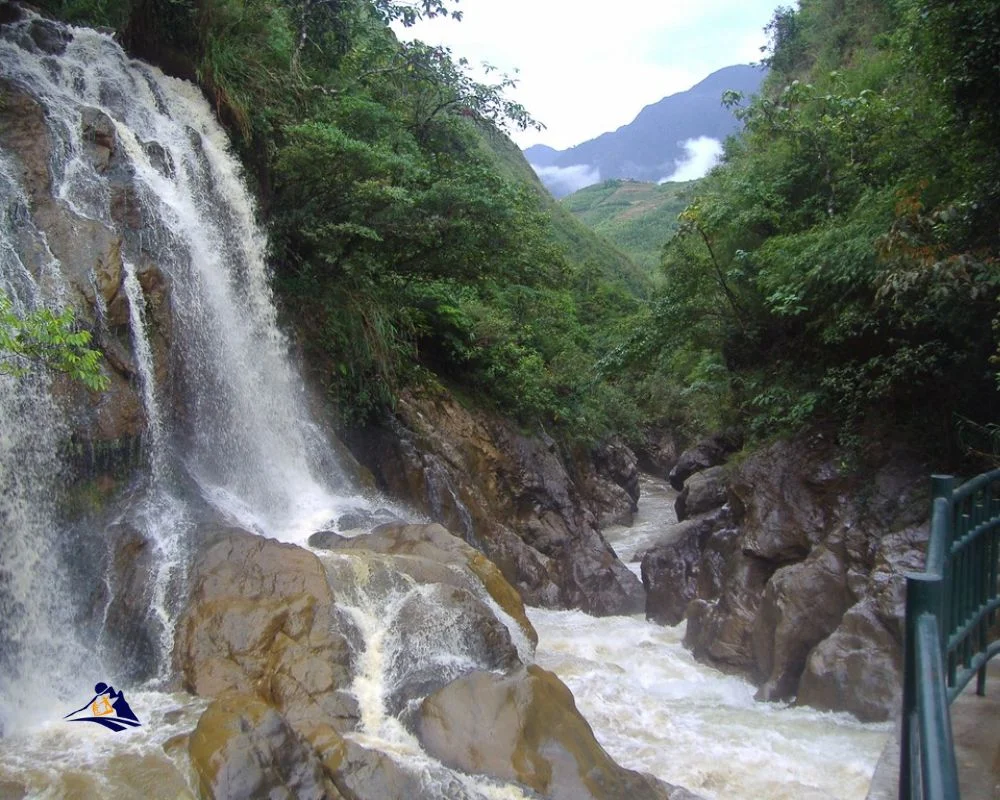
Seek permission before taking photos:
In a place as culturally rich as Sapa, capturing the local way of life through photographs is undoubtedly enticing. However, always remember to respect the rights and wishes of the people you encounter. Before taking pictures of individuals or their surroundings, ask for their permission courteously. This simple gesture demonstrates cultural sensitivity and appreciation.
Example: While walking through a vibrant market, I met a kind elderly woman adorned in traditional Hmong attire. After striking up a conversation and gaining her trust, I asked if I could take her portrait. Her warm smile and genuine consent resulted in a beautiful photograph that I cherish to this day.
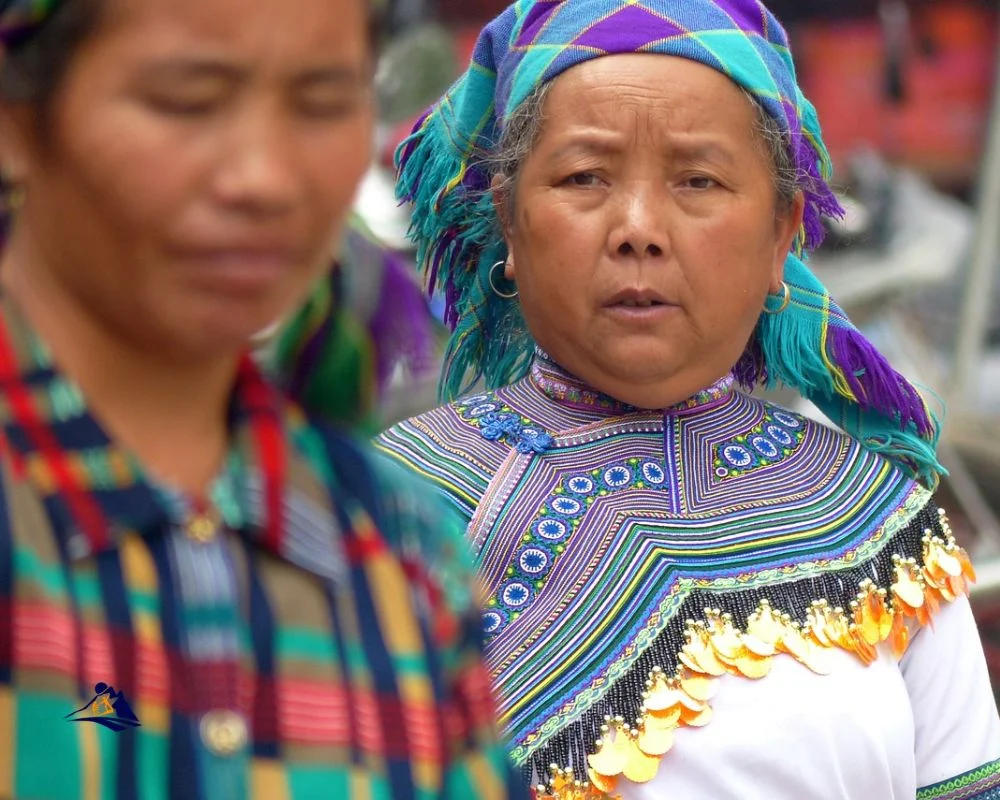
Avoid rushing through attractions:
With numerous enticing activities and sights to explore in Sapa, it’s tempting to try and cover everything in a short time. However, doing so might lead to a superficial experience, preventing you from truly understanding and appreciating the local culture and natural beauty. Instead, take the time to delve deeper into a few select activities that genuinely interest you.
Example: I initially planned to squeeze in as many activities as possible during my brief stay in Sapa. However, after talking to locals and learning about their way of life, I decided to dedicate more time to homestays and trekking, providing a richer understanding of the region’s unique heritage.
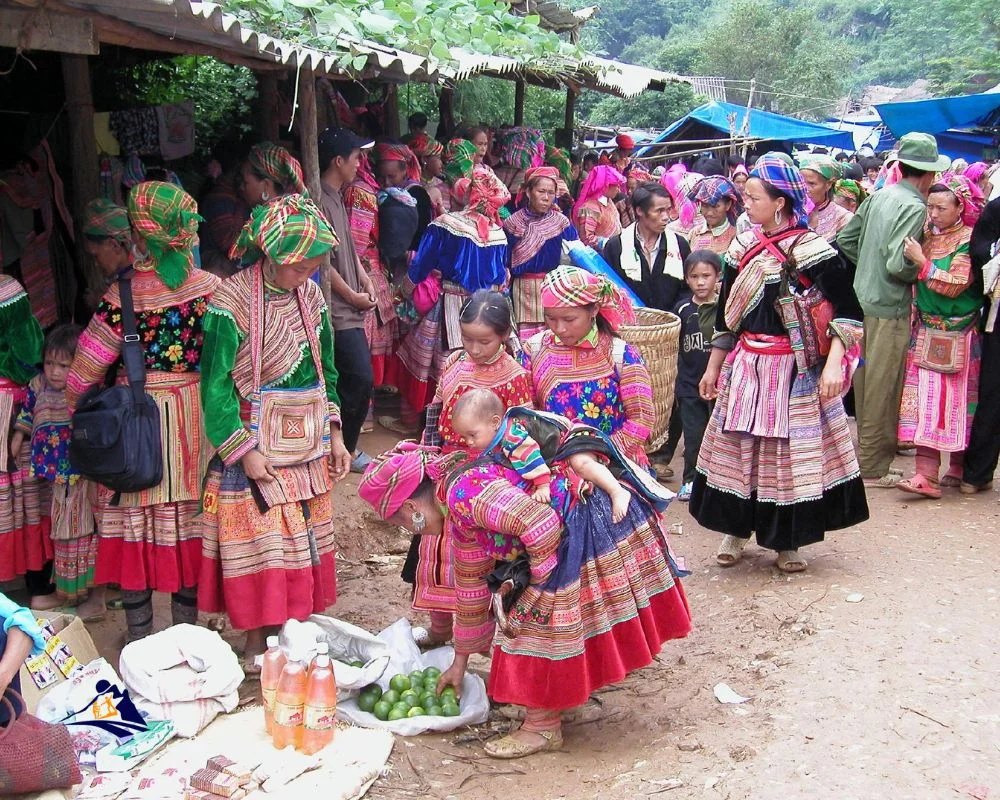
Conclusion:
By adhering to these six fundamental guidelines, your journey to Sapa is sure to be filled with respectful interactions, cherished memories, and meaningful connections with the local communities. Remember, it’s not just about witnessing breathtaking landscapes or trying out thrilling adventures; it’s about engaging with the heart and soul of Sapa. Embrace the wisdom of these insights and your experience in this charming town will undoubtedly be a life-enriching one.
Pro Tip: While some travelers attempt solo treks in Sapa, the best way to fully appreciate the local culture and lesser-known attractions is to seek the assistance of knowledgeable local guides. They can offer invaluable insights that you won’t find in guidebooks or blogs.
So, as you embark on your Sapa adventure, remember to embrace the diversity, show kindness to the locals, and let the wonders of this enchanting destination unfold before you. Happy travels!
